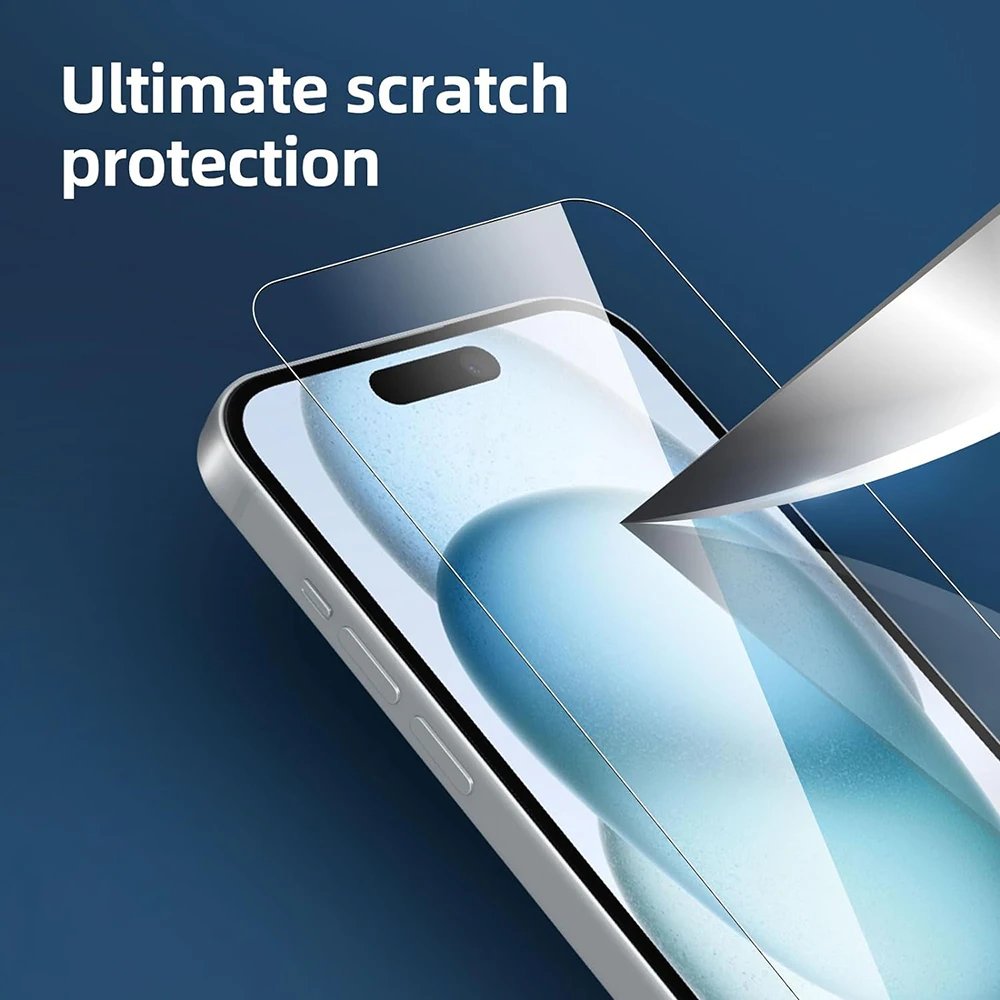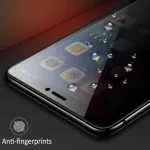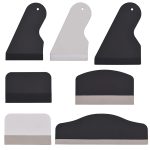Screen protectors are essential accessories that safeguard your device’s screen from scratches, cracks, and other forms of damage. However, like any protective layer, screen protectors themselves can break or become damaged over time. When faced with a broken screen protector, you may wonder whether it’s worth repairing or if a replacement is necessary. This comprehensive guide will explore the options available for handling a broken screen protector, providing insights into repair methods, replacement options, and tips for maintaining the protection of your device.
Understanding Screen Protector Damage
Types of Screen Protector Damage
Screen protectors can experience various forms of damage, including cracks, scratches, and bubbles. Cracks often occur from impact or pressure, compromising the protector’s ability to shield the screen effectively. Scratches can result from sharp objects or abrasive materials coming into contact with the protector’s surface. Bubbles typically form due to poor application or dust trapped between the screen and protector. Understanding the nature of the damage is crucial in deciding whether to repair or replace the protector.
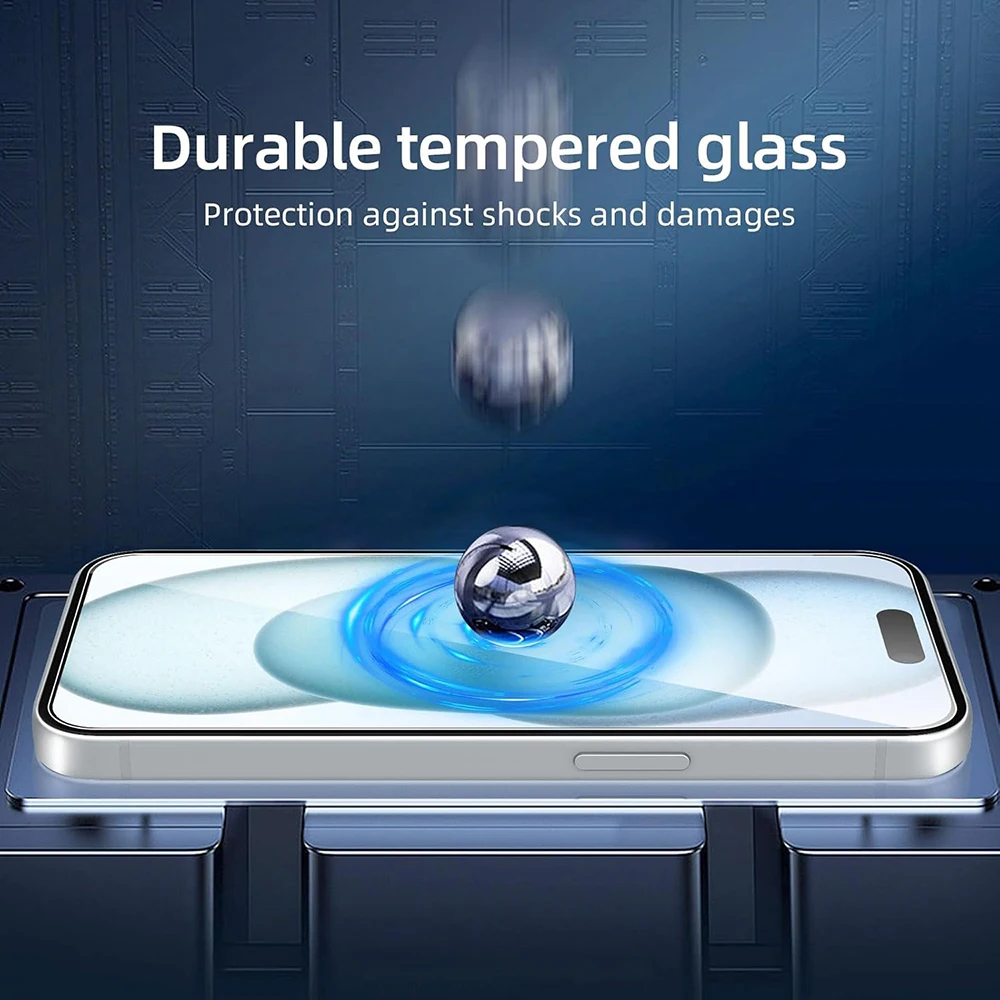
Impact on Device Screen Protection
A damaged screen protector can reduce its effectiveness in protecting the device’s screen. Cracks and significant scratches can create vulnerabilities that allow dust, dirt, and moisture to reach the screen, potentially causing more severe damage. While minor scratches might not compromise the protector’s functionality drastically, they can still detract from the clarity and smoothness of the screen experience. It’s essential to assess the extent of the damage to determine if the protector is still providing adequate protection or if replacement is the better option.
Repairing a Broken Screen Protector
Assessing the Feasibility of Repair
Before deciding to repair a broken screen protector, assess the extent of the damage. Minor scratches and small bubbles may be repairable with specific methods or products designed to improve the appearance and functionality of the protector. However, cracks and extensive damage often indicate that repair may not be effective and replacement could be necessary. Evaluating the severity of the damage helps determine whether a repair attempt is worth the effort or if you should consider replacing the protector altogether.
DIY Repair Methods
For those opting to repair their screen protector, several DIY methods can be attempted. For minor scratches, a small amount of toothpaste or baking soda mixed with water can be gently rubbed over the affected area with a soft cloth to polish out the scratch. Additionally, some specialized repair kits available online can help address minor imperfections. Ensure that you follow the instructions carefully to avoid causing further damage to the protector or screen.
Professional Repair Services
If DIY repair methods are not effective or if the damage is extensive, consider seeking professional repair services. Many electronics repair shops offer screen protector repair services, where technicians can evaluate the damage and apply professional-grade solutions. Professional services might use specialized tools and materials to address issues that are challenging to fix on your own. While this option may involve additional costs, it can provide a more reliable solution if you want to avoid replacing the protector.
Replacing a Broken Screen Protector
When to Consider Replacement
Replacement is often the best option when a screen protector is significantly damaged. Cracks, large scratches, or persistent bubbles can compromise the protector’s effectiveness and aesthetic appeal. If the damage impairs your ability to use the device comfortably or if the protector no longer adheres properly, replacing it is generally advisable. Additionally, if the protector has been in use for a considerable period, it may be a good time to replace it to ensure optimal protection for your device’s screen.
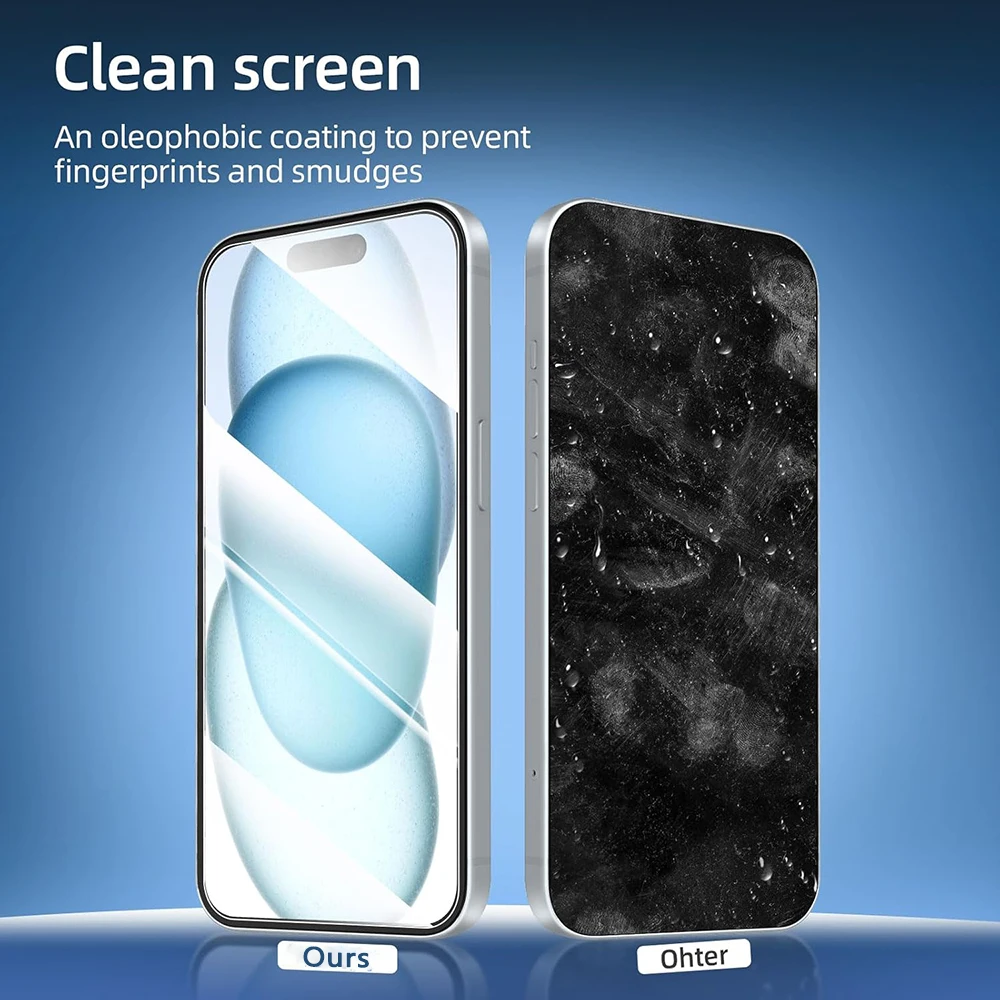
Choosing the Right Replacement Protector
When selecting a replacement screen protector, consider factors such as material, fit, and features. Tempered glass protectors offer robust protection against impacts and scratches, while plastic film protectors are more flexible and affordable. Ensure that the protector you choose is compatible with your device model and offers the level of protection you need. Look for reviews and ratings to gauge the quality and performance of the protector before making a purchase. Additionally, consider protectors with features like anti-glare or blue light filtering if they align with your needs.
Installing a New Screen Protector
Proper installation is crucial for the effectiveness of a new screen protector. Begin by cleaning the device screen thoroughly to remove any dust, fingerprints, or residues. Use the provided cleaning wipes and microfiber cloth to ensure the surface is pristine. Carefully align the new protector with the screen, ensuring it fits within the designated area without overlapping the edges. Apply the protector slowly to avoid air bubbles, using a plastic card or squeegee to smooth it out as you go. Follow the manufacturer’s instructions for the best results and check for any remaining bubbles that may need to be addressed.
Maintaining Your Screen Protector
Regular Cleaning and Maintenance
Maintaining a clean screen protector is essential for both appearance and functionality. Regularly clean the protector using a microfiber cloth to remove dust, smudges, and fingerprints. For a more thorough cleaning, use a solution specifically designed for screen protectors or a mixture of water and mild soap. Avoid using abrasive materials or harsh chemicals that could damage the protector. Keeping the protector clean ensures a clear view of your device screen and prolongs the lifespan of the protector.
Avoiding Common Pitfalls
To extend the life of your screen protector and avoid common issues, follow these preventive measures. Avoid placing your device in pockets or bags with sharp objects or abrasive materials that could scratch the protector. Handle the device carefully to prevent accidental drops or impacts that could damage the protector. Additionally, avoid applying excessive pressure to the screen or protector, as this can lead to cracks or other forms of damage. By adopting these practices, you can maintain the integrity of your screen protector and ensure it continues to provide effective protection.
Innovations in Screen Protector Materials
Recent advancements in screen protector technology have introduced materials that offer enhanced protection and performance. Liquid screen protectors are a notable innovation, applying a thin, invisible layer of protective liquid that bonds with the screen’s surface. These protectors provide excellent scratch resistance and can be applied to curved screens where traditional protectors might not fit as well. Self-healing screen protectors are another development, utilizing special materials that can repair minor scratches and scuffs over time, maintaining a clearer, smoother surface. Anti-microbial coatings are also becoming more popular, offering added protection against bacteria and germs, which is especially beneficial in the context of frequent device handling.
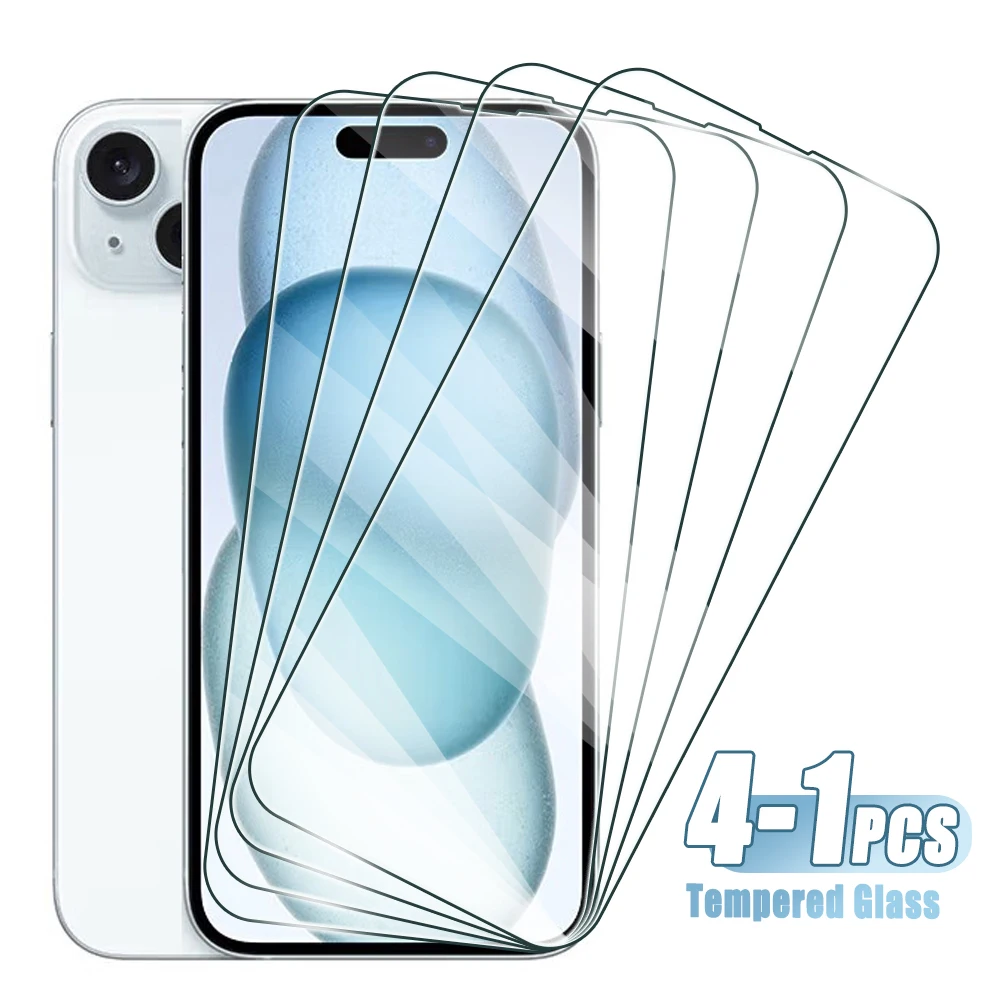
Conclusion
Recap of Key Points
Dealing with a broken screen protector involves assessing the damage, considering repair or replacement options, and maintaining the protector to ensure continued effectiveness. Minor damage may be addressed with DIY repair methods or professional services, while extensive damage often necessitates replacement. Choosing the right replacement protector and installing it correctly are crucial steps in maintaining optimal screen protection. Regular cleaning and preventive care can help extend the life of your screen protector and ensure it continues to safeguard your device’s screen.
Final Recommendations
When faced with a broken screen protector, take the time to evaluate the extent of the damage and choose the best course of action. If repair methods are insufficient, opt for a high-quality replacement protector that meets your needs. Follow proper installation techniques and maintain your protector regularly to keep your device screen in excellent condition. By staying proactive and informed, you can effectively manage screen protector damage and enjoy reliable protection for your device.
